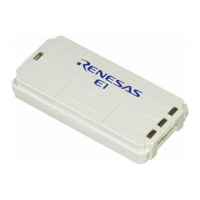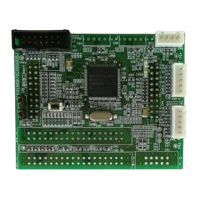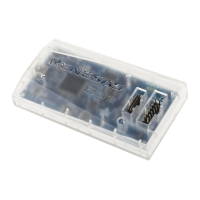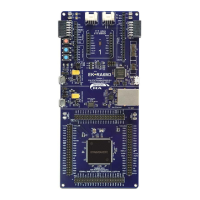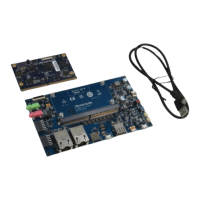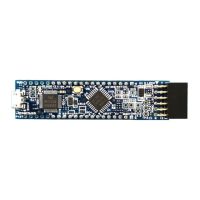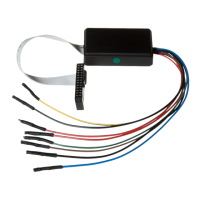48
5.2.3 Viewing the Assembly-Language Code
If you have a source file open, right-click to open the pop-up menu and select the [View Disassembly] option to
open a Disassembly view at the same address as the current Source view.
It is also possible to view the disassembly using the new integrated [Disassembly view] in the source file.
If you do not have a source file, but wish to view code at assembly-language level, then select one of the
following operations:
Click on the View Disassembly toolbar button (
).
Choose the [View -> Disassembly…] menu option.
Press Ctrl + D.
The [Disassembly] window opens at the current PC location.
Figure 5.8 [Disassembly] Window
In this window, the following information is shown on the left as information lines.
• 1st column (Event column): Event information (break)
• 2nd column (EXT.2 Trigger column): EXT.2 Trigger information
• 3rd column (S/W Breakpoints - ASM column): PC and breakpoint information
This window is used in the same way as the source code window.
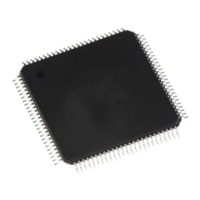
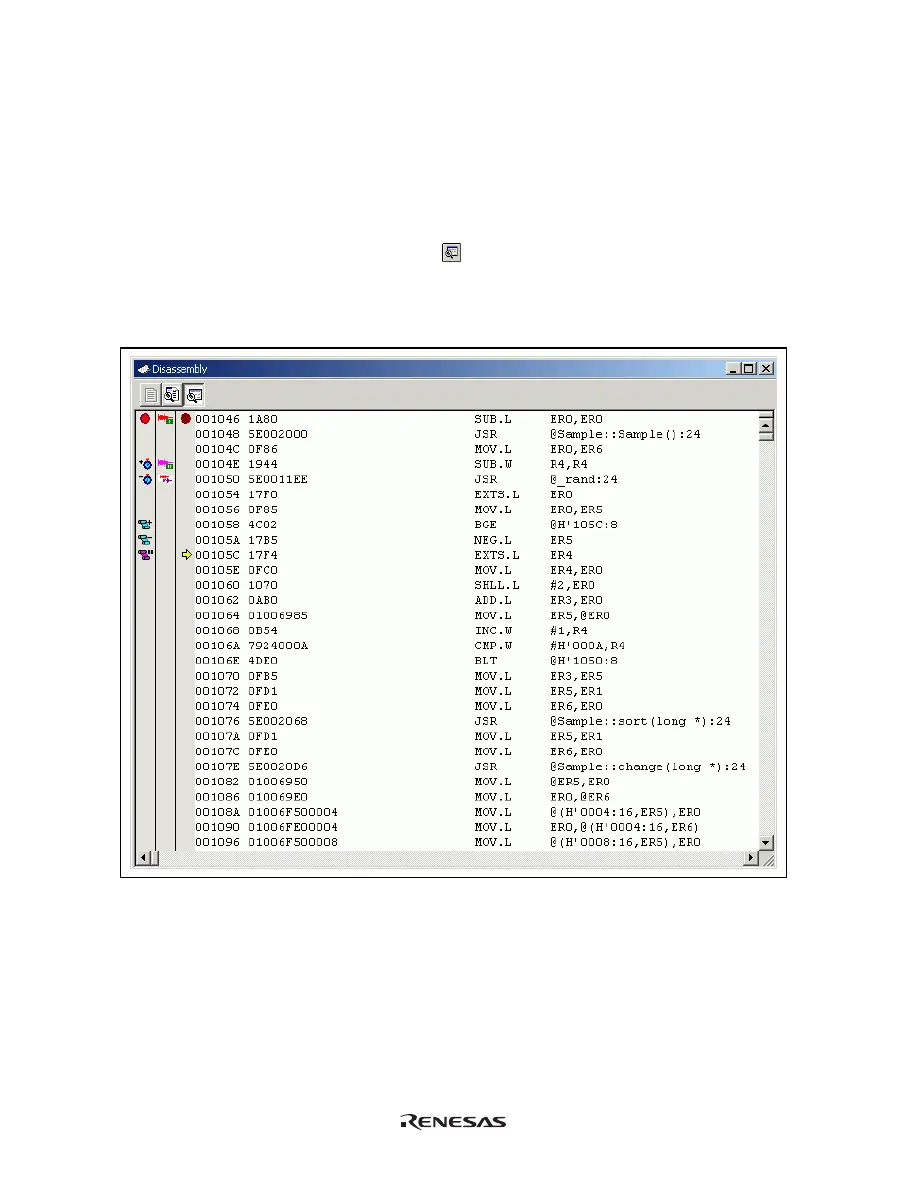